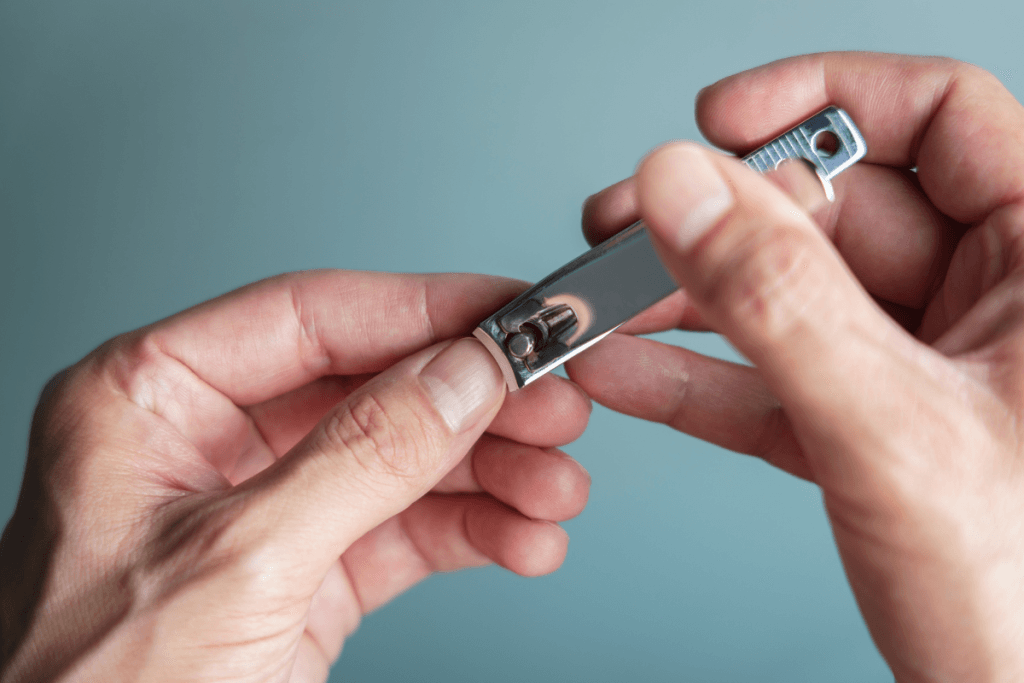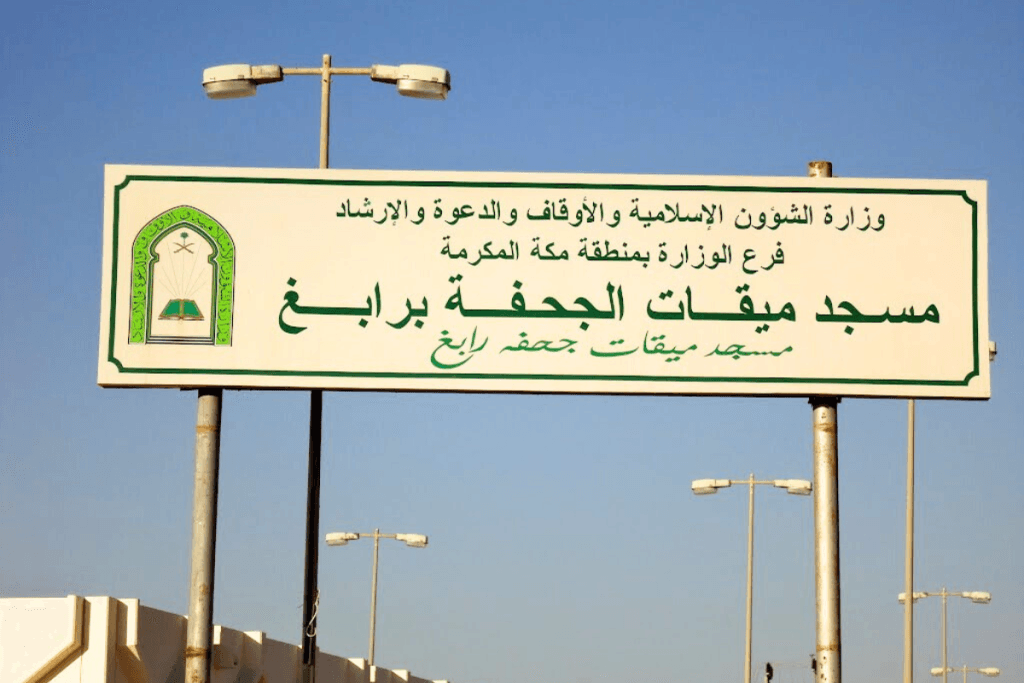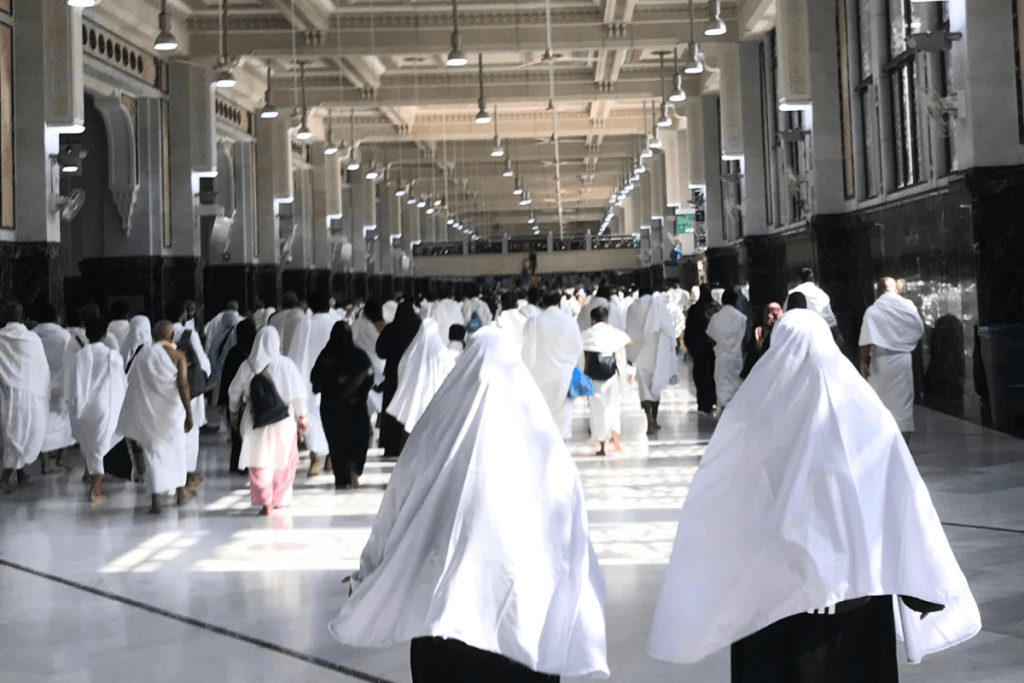Performing Umrah: Essential Steps for Pilgrims
Umrah, often referred to as the minor pilgrimage, stands as a profound act of worship in Islam, offering a unique spiritual journey that resonates deeply within the hearts of those who embark on it. This pilgrimage, unlike Hajj, can be performed at any time of the year, allowing Muslims to draw closer to Allah (SWT) in a serene, contemplative manner. The feelings engendered by this sacred voyage are indescribable, yet universally recognized by those who have experienced its blessings.
The Divine Call to Umrah
Allah, in His infinite wisdom and mercy, invites believers to undertake this spiritual journey, a gesture that underscores the significance of Umrah in the life of a Muslim. The act of performing Umrah is a manifestation of obedience, a physical and spiritual submission to the will of Allah (SWT). It is an opportunity to stand in the sacred precincts where prophets walked, to seek forgiveness, and to renew one’s faith amidst the tranquility and peace of the holy sites.
Preparing for Umrah: Purification and Ihram

Preparation for Umrah begins with a profound intention to purify oneself physically and spiritually. Performing ghusl (ritual bath), trimming nails, and removing unwanted body hair are all acts of physical cleanliness that mirror the spiritual purification sought through this pilgrimage. The donning of Ihram, the sacred attire for Umrah, symbolizes the pilgrim’s state of consecration and humility before Allah. Men wear simple, unstitched garments, while women dress modestly, ensuring their attire does not attract attention, keeping the focus on spirituality.
Read: How to Book An Appointment to Perform Umrah
The Journey Begins: Miqat and Entering Ihram

The journey to Makkah is marked by crossing the Miqat, a designated point beyond which the state of Ihram must be assumed. This is a pivotal moment, as it signifies the pilgrim’s entry into a state of sanctity, ready to perform the rites of Umrah with a heart full of devotion. Pilgrims recite the Talbiyah, declaring their intention and readiness to perform Umrah solely for the sake of Allah.
The Rites of Umrah: Tawaf, Sa’ee, and Halq

Upon reaching the Masjid al-Haram in Makkah, pilgrims perform Tawaf, circling the Kaaba seven times in a counter-clockwise direction. This act symbolizes the unity of believers in worshiping one God. Following Tawaf, the ritual of Sa’ee between the hills of Safa and Marwah is performed, commemorating Hagar’s search for water for her son, Ishmael. This act reflects the perseverance, faith, and trust in Allah’s provision. The final rite, Halq (shaving the head for men) or Taqsir (shortening the hair for women), signifies the completion of Umrah and the pilgrim’s return to a state of normalcy, albeit spiritually uplifted and renewed.
Related Article: Electric Scooter for Tawaf and Sa’ee: All You Need to Know

The Essence of Umrah: A Journey of the Heart
The rituals of Umrah are not mere physical acts; they are profound expressions of faith, each imbued with deep spiritual significance. Umrah offers a moment of reflection, a pause from the whirlwind of daily life, allowing pilgrims to reconnect with their Creator in a place of unparalleled sanctity. It is an opportunity to seek forgiveness, to pray for one’s needs and the needs of others, and to express gratitude for Allah’s endless blessings.
In Conclusion
The journey of Umrah is a testament to the beauty of submission to Allah’s will, a path of spiritual purification and renewal. It is a reminder of the fleeting nature of worldly life and the eternal nature of the hereafter. For those who undertake this sacred journey, Umrah remains a source of immense spiritual fulfillment, a cherished memory of drawing closer to Allah, and a beacon of light guiding them on their spiritual journey.
More Articles: